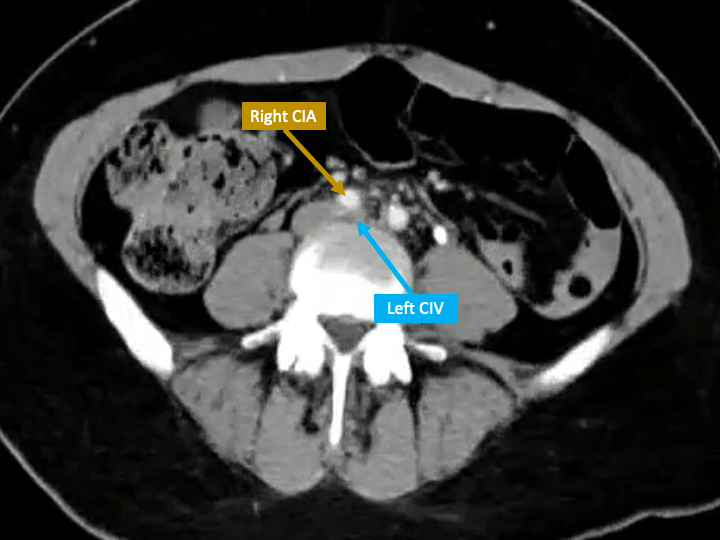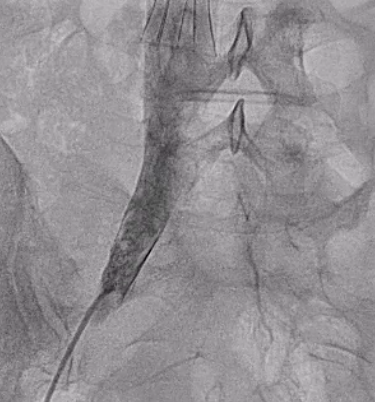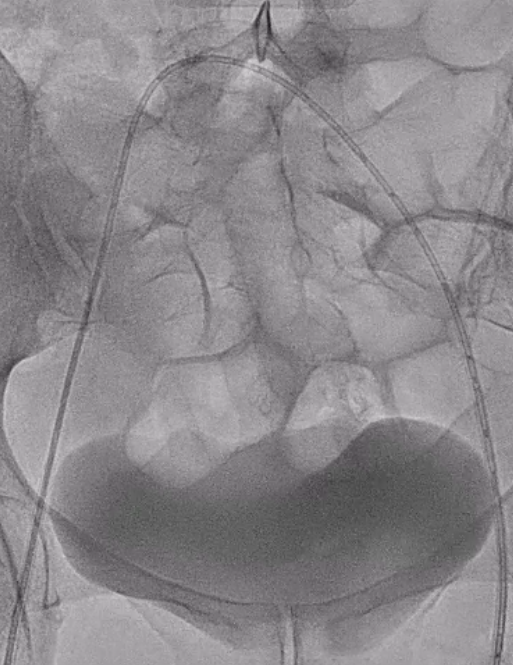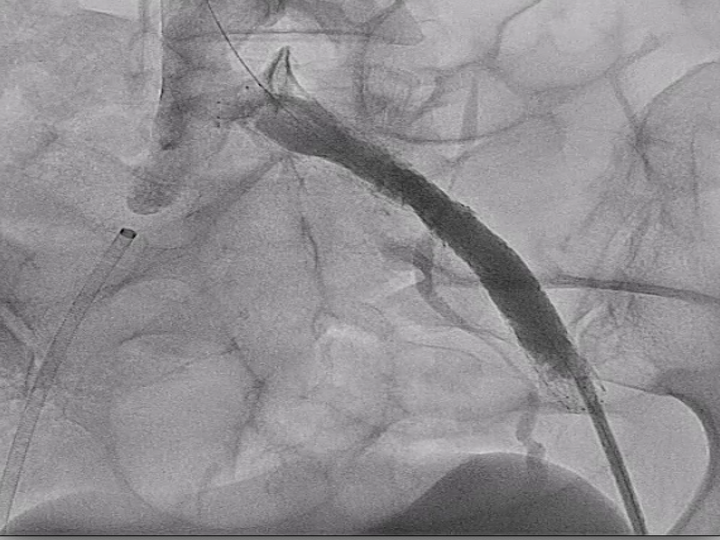Lots of interesting abstracts and cases were submitted for TCTAP 2023. Below are the accepted ones after a thorough review by our official reviewers. Don’t miss the opportunity to expand your knowledge and interact with authors as well as virtual participants by sharing your opinion in the comment section!
TCTAP C-154
Successful Mechanical Thrombectomy Using Rotarex System for May-Thurner Syndrome Extensive Thrombosis: A Case Report
By Patrick Nuique Vera Cruz, Princess Jeanne Jainar Santillan, Ronald Santos, Timothy Dy, Alyssa Santos
Presenter
Princess Jeanne Jainar Santillan
Authors
Patrick Nuique Vera Cruz1, Princess Jeanne Jainar Santillan1, Ronald Santos1, Timothy Dy2, Alyssa Santos3
Affiliation
St. Luke's Medical Center, Philippines1, Chinese General Hospital, Philippines2, St Luke\'s Medical Center Qc, Philippines3,
View Study Report
TCTAP C-154
ENDOVASCULAR - Peripheral Vascular Disease and Intervention
Successful Mechanical Thrombectomy Using Rotarex System for May-Thurner Syndrome Extensive Thrombosis: A Case Report
Patrick Nuique Vera Cruz1, Princess Jeanne Jainar Santillan1, Ronald Santos1, Timothy Dy2, Alyssa Santos3
St. Luke's Medical Center, Philippines1, Chinese General Hospital, Philippines2, St Luke\'s Medical Center Qc, Philippines3,
Clinical Information
Patient initials or Identifier Number
MJV
Relevant Clinical History and Physical Exam
The patient is a 49-year-old female without known co-morbidities who sought consult due to entire left leg pain aggravated by walking and relieved by rest that started three days prior to admission and became persistent.
Relevant Test Results Prior to Catheterization
Venous Compression Test of the lower extremities showed:
Venous Phase of Abdominal Aorta CT scan showed:

Venous Phase of Abdominal Aorta CT scan showed:

Relevant Catheterization Findings
The left common iliac vein to left external iliac vein showed venous stasis with high thrombus burden and approximately 70-80% at the mid segment of the left common iliac vein.


Interventional Management
Procedural Step
First, an IVC Filter was positioned and deployed at the infra-renal inferior vena cava and implanted at the L2-L3 level through a right femoral vein access.




Case Summary
The case report shows that mechanical thrombectomy using Rotarex System may be an effective therapeutic maneuver for managing extensive thrombosis in May-Thurner Syndrome and inserting an IVC filter for this purpose is intuitive to decrease the chances of complications from escaped emboli. Furthermore, a 'body floss' from two V18 guidewires can be created and seems to be effective to be used as rails for the Rotarex System especially when encountering a left common iliac vein thrombus that is difficult to penetrate. Lastly, self-expanding stents provide greater radial strength and may be ideal for May-Thurner Syndrome Common Iliac Vein compression.


